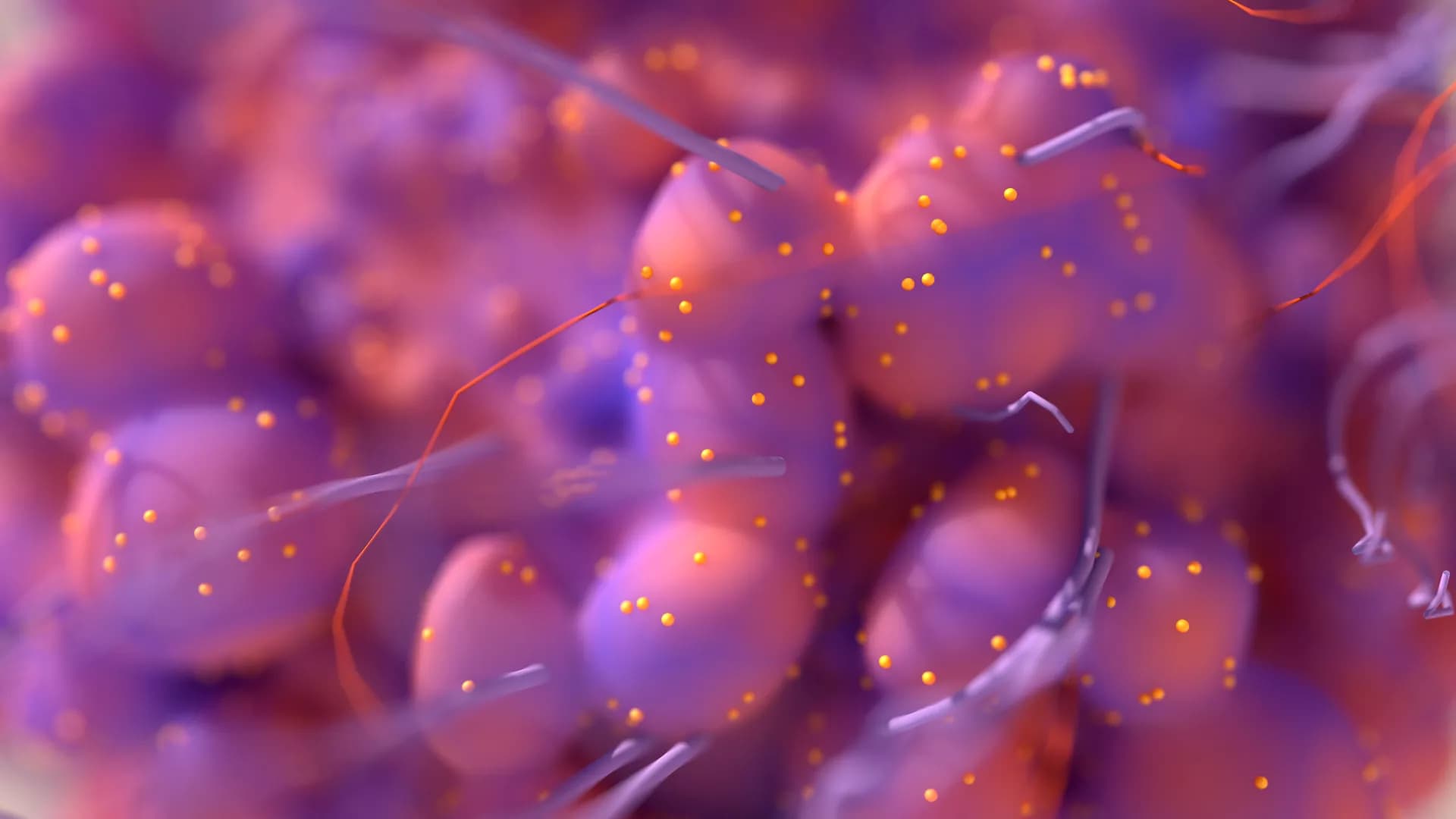Objective: Interpreting complex post-treatment changes in head and neck cancer (HNC) is challenging with further added perplexity due to variable interobserver interpretation and hence evolved the NI-RADS lexicon. We evaluated the accuracy of NI-RADS in predicting disease status on 1st post-treatment follow-up CECT in a homogenous cohort of those who received only chemoradiation.
Methods: Retrospective analysis of imaging was done for LASHNC patients who received radical chemoradiation in an open-label, investigator-initiated, phase 3 randomized trial (2012-2018) randomly assigned to either radical radiotherapy with concurrent weekly cisplatin (CRT) or CRT with the same schedule plus weekly nimotuzumab (NCRT). 536 patients were accrued, and 74 patients who did not undergo PET/CECT after 8 weeks post-CRT were excluded. After assessing 462 patients for eligibility to allocate NI-RADS at primary and node sites, 435 cases fell in the Primary disease cohort and 412 cases in the Node disease cohort. We evaluated sensitivity, disease prevalence, the positive and negative predictive value of the NI-RADS lexicon, and accuracy, which were expressed as percentages. We also prepared flow charts to determine concordance with allocated NI-RADS category and established accuracy with which it can identify disease status.
Results: Out of 435 primary disease cohort, 92%, 55%, 48%,70% were concordant and had 100%, 72%, 70%, 82% accuracy in NI-RADS1 (n=12), NI-RADS2 (n=261), NIRADS3 (n=105), and NI-RADS 4 (n=60) respectively. Out of 412 nodes disease cohort, 95%, 90%, 48%, 70%were concordant and had 92%, 97%, 90%, 67% accuracy in NI-RADS1 (n=57), NI-RADS2 (n=255), NI-RADS3 (n=105) and NI-RADS4 (n=60) respectively. % concordance of PET/CT and CECT across all primary and node disease cohorts revealed that PET/CT was 91% concordant in primary NI-RADS2 as compared to 55% concordance of CECT whereas concordance of CECT was better with 57% in primary NI-RADS3 cohort as compared to PET/CT concordance of 41%.
Conclusion: The accuracy with which the NI-RADS lexicon performed in our study at node sites was better than that at the primary site. There is a great scope of research to understand if CECT performs better over clinical disease status in NI-RADS 3 and 4 categories. Further research should be carried out to understand if PET/CECT can be used for close interval follow-up in stage III/IV NI-RADS 2 cases.
Purpose: To investigate the inter-reader agreement of using the American College of Radiology (ACR) Thyroid Imaging Reporting and Data System (TI-RADS) for risk stratification of thyroid nodules.
Methods: A literature search of Web of Science, PubMed, Cochrane Library, EMBASE, and Google Scholar was performed to identify eligible articles published from inception until October 31, 2021. We included studies reporting inter-reader agreement of different radiologists who applied ACR TI-RADS for the classification of thyroid nodules. Quality assessment of the included studies was performed with the Quality Assessment of Diagnostic Accuracy Studies-2 tool and Guidelines for Reporting Reliability and Agreement Studies. The summary estimates of the inter-reader agreement were pooled with the random-effects model, and multiple subgroup analyses and meta-regression were performed to investigate various clinical settings.
Results: A total of 13 studies comprising 5,238 nodules were included in the current meta-analysis and systematic review. The pooled inter-reader agreement for overall ACR TI-RADS classification was moderate (κ = 0.51, 95% CI 0.42–0.59). Substantial heterogeneity was presented throughout the studies, and meta-regression analyses suggested that the malignant rate was the significant factor. Regarding the ultrasound (US) features, the best inter-reader agreement was composition (κ = 0.58, 95% CI 0.53–0.63), followed by shape (κ = 0.57, 95% CI 0.41–0.72), echogenicity (κ = 0.50, 95% CI 0.40–0.60), echogenic foci (κ = 0.44, 95% CI 0.36–0.53), and margin (κ = 0.34, 95% CI 0.24–0.44).
Conclusions: The ACR TI-RADS demonstrated moderate inter-reader agreement between radiologists for the overall classification. However, the US feature of margin only showed fair inter-reader reliability among different observers.
Frontiers in Oncology
Advancements in Personalized Medicine for Head and Neck Cancer: molecular based Approaches to Treatment and Care







